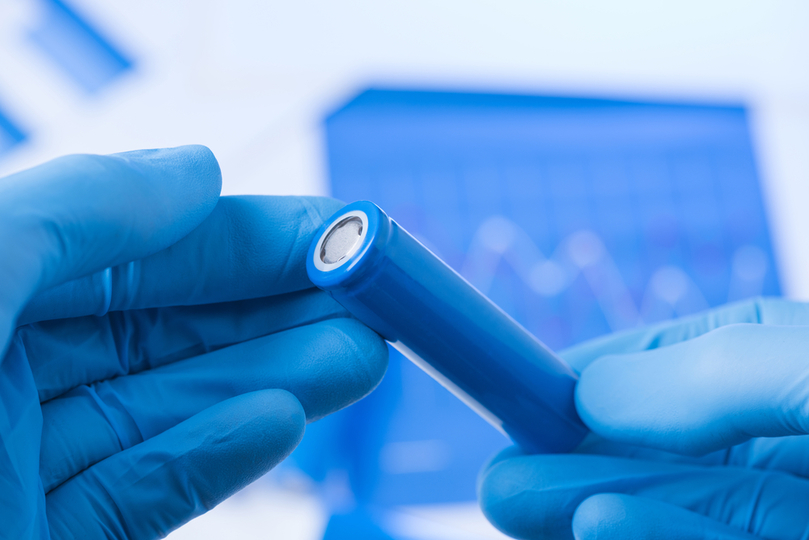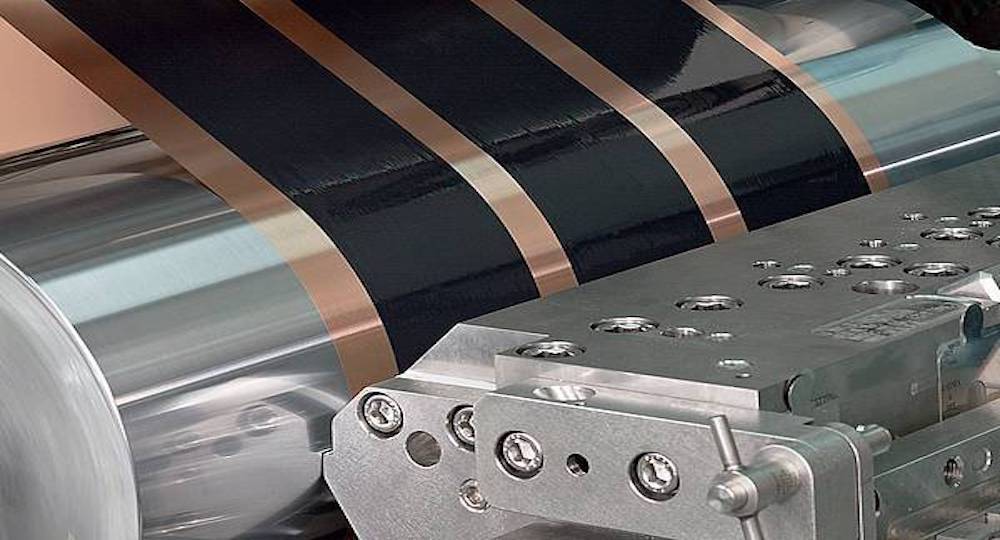Technologies
Discover, Connect & Collaborate at TECHINNOVATION 2021
Silicon-Rich Anodes for Lithium-ion Batteries
Technology Overview
The use of silicon in lithium-ion battery (LIB) anodes is being actively explored in the industry, due to the resultant energy density improvements. A higher energy density in batteries means longer battery life for consumer devices, longer operational range for electric vehicles and drones, and miniaturisation of batteries to be fitted in medical devices robots.
Silicon is likely to remain limited to small percentages by concentration in battery anodes over upcoming years. This is due to due to silicon possessing several inherent electrochemical instabilities, which severely degrade battery performance at higher silicon amounts. Hence, the performance advantages harnessed from the use of silicon is expected to remain incremental.
Based in Singapore, the technology owner develops fully-integrated anodes that are silicon-majority using their novel chemistry platform. Instead of offering merely silicon material to be used in small amounts in next generation anodes, the technology owner offers a total anode solution based on nanocomposites developed bottoms-up to overcome silicon’s intrinsic challenges, while containing high silicon concentrations. The adoption of the technology owner’s anodes in battery cells can enable up to a 40% improvement in energy density over pure graphite anodes.
The technology owner is seeking to collaborate with LIB cell producers and end-users from any vertical to co-develop their next-generation battery cells. The target outcome of such collaboration is demonstration of high-performance batteries for the collaborator’s applications, attribute definition of anode slurries/electrodes for the target battery cell and a roadmap for joint commercialisation along various models.
In addition, the technology owner is also open to partnerships with material or chemical companies seeking to integrate their materials in a high-capacity silicon anode enabled by the technology owner’s anode platform. Such collaboration could occur on multiple models including development projects, channel partnerships, etc.
Technology Features, Specifications and Advantages
The technology owner will offer fully engineered, ready to deploy ultra-high capacity anodes. The following are the technological advantages of the technology owner’s platform over comparable alternatives :
- The anode platform offers anodes containing silicon as the dominant material (as compared to only as an additive material). This allows the resultant anodes to have 3X the discharge capacity of the comparable present commercial state of the art containing silicon additive material.
- The principal advantage of a higher capacity anode is the reduction in the quantity of anode material (in terms of milligrams per area of electrode or “mass-loading”) required to achieve a given lithium-absorbing capacity per area of an electrode sheet (in terms of milli-amp-hours per area of electrode or “areal capacity”). The anodes can offer up to 75% reduction in electrode mass-loading while maintaining the same areal capacity as present-day anodes.
- The production of the technology owner’s anode uses traditional chemical engineering production processes. This is in contrast to other high silicon anode solutions that require complex nano-fabrication techniques that are energy intensive and extremely expensive. Hence, the anode solution is economical and scalable - which is critical for the high-volume LIB industry. The $/kWh battery cost enabled by TO’s anode will be competitive against currently used graphite anode platforms, while providing the energy density advantages.
- The anode platform can be tuned for a spectrum of anode requirements. Additionally, being in a slurry form it is compatible with installed battery production lines, making it a drop-in solution.
Potential Applications
- The battery industry is expected to undergo an 8X increase in production volume by 2028, and silicon anodes are on the roadmap for most LIB producers within the next 5 years. The expected increase in battery production volume this decade will place the market size of anode materials alone conservatively at US$20B.
- The integrated anodes can be used for LIB cells for any application, including consumer electronics (such as smartphones, laptops, wearables, AR/VR devices, etc), electric vehicles (cars, buses, trucks) and stationary energy storage systems (grid storage, domestic and industrial backup power systems).
- More frontier applications, where higher energy density is particularly valuable, include aerospace applications, medical implants, defense and robotics.
Customer Benefit
The technology owner’s anodes facilitate a higher energy density battery cell, which enables the following opportunities :
- Reduction in $/kWh cost of batteries
- Higher volumetric capacity of batteries delivers longer operational range of electric mobility and drones
- Miniaturization of batteries unlocks new design possibilities for consumer electronics, by freeing up space for additional hardware in form-factor constrained devices.
In addition, the technology owner’s technology platform creates a market for the collaborator’s material or chemicals in the massively expanding battery industry, through a high-performance silicon material. There are opportunities for a joint silicon anode product (implemented via various potential channel partner models) targeted towards the collaborator’s existing/accessible customers in the battery space.

